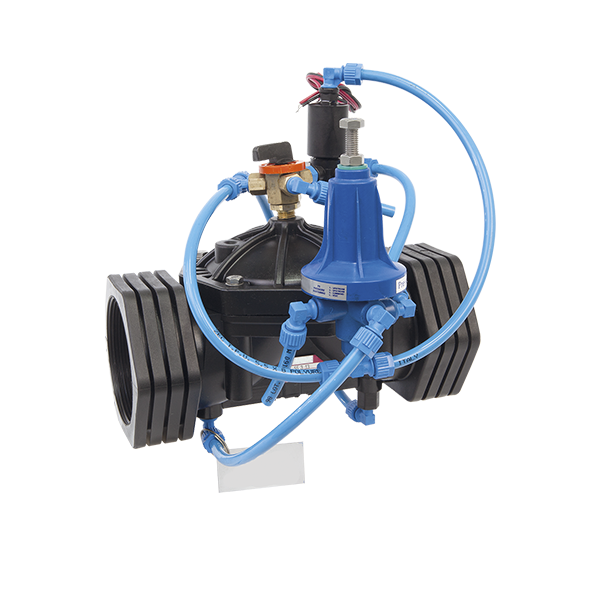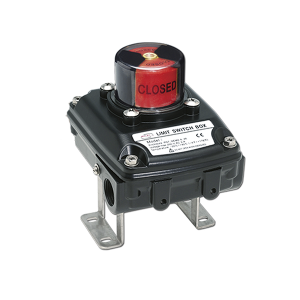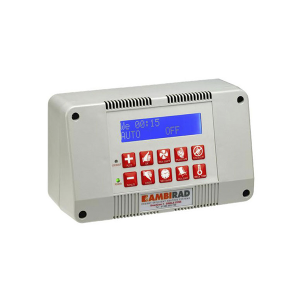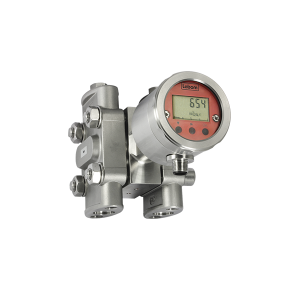A level control valve or altitude control valve is a type of valve that automatically responds to changes in the height of a liquid in some storage system. A common example is the set of ballcocks in a flush toilet, where each stage of the flush cycle is actuated by the emptying or filling of the tank. Level control valves maintain a constant level in a liquid supply such as a reservoir. Level control valves do this by regulating the flow into the liquid supply which maintains a constant level to meet the usage demands.
A control valve is a valve used to control fluid flow by varying the size of the flow passage as directed by a signal from a controller. This enables the direct control of flow rate and the consequential control of process quantities such as pressure, temperature, and liquid level.
A valve actuator is the mechanism for opening and closing a valve. Manually operated valves require someone in attendance to adjust them using a direct or geared mechanism attached to the valve stem.
Calibrate current-to-pressure transducers (I/P), valve positioners, and control valves. … If we want to control a process parameter, the controller output must convert to a signal that can translate to and subsequently drive a control valve. Thecontrol valve is a final control element.




